
I have a dirty little secret that I feel I need to air here, as it is perfectly in keeping with the subject at hand: I generally try to avoid any book that’s less than 20 to 30 years old (with exceptions, of course). If people are still talking about a book a generation after its publication, not to mention a century or more later, that’s a pretty good indication that it’s at least a pretty good book. Yeah, I know, not an ideal approach for people like me — writers, e.g. — but standing the test of time is the best litmus test for a book. Any book from another era that’s still a fine read is to be appreciated; such a book in your favorite genre is to be treasured.
- The Hound of the Baskervilles by Sir Arthur Conan Doyle
- The Thirty-Nine Steps by John Buchanan
- Murder on the Orient Express by Agatha Christie
- The Maltese Falcon by Dashiell Hammett
- The Big Sleep by Raymond Chandler
- The Spy Who Came In from the Cold by John le Carré
- A Time to Kill by John Grisham
- Blanche on the Lam by Barbara Neely
More Books to Read
If you love a great mystery, then these classics need to in your queue, if not already on your nightstand. Or your Kindle, if that’s your literary jam. Onward to the best classic mysteries, dear reader!
The Hound of the Baskervilles by Sir Arthur Conan Doyle
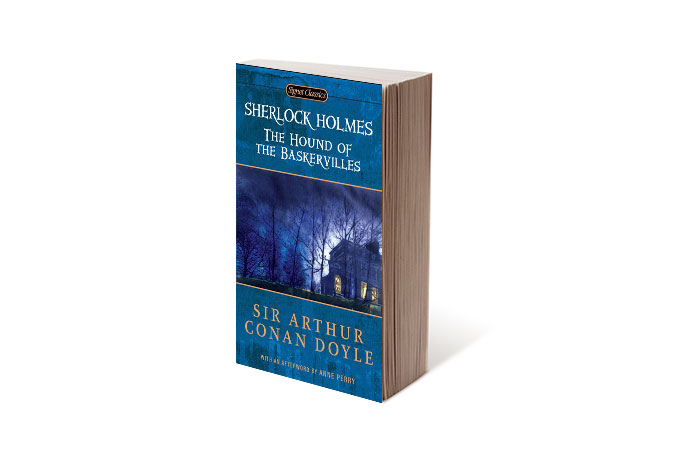
Sir Arthur Conan Doyle’s immortal protagonist Sherlock Holmes lived primarily in the pages of short stories, of which Doyle wrote dozens. Of the four full-length Holmes novels, many critics and readers consider The Hound of the Baskervilles, published in serial from 1901 to 1902, to be the finest. It tells of Holmes and his dutiful sidekick Watson solving both a murder and a supernatural mystery, and it’s a great entry point to the world of Holmes. If you like this book, you are at the start of a long, enjoyable journey. If you don’t, then you should probably just switch genres.
The Thirty-Nine Steps by John Buchanan
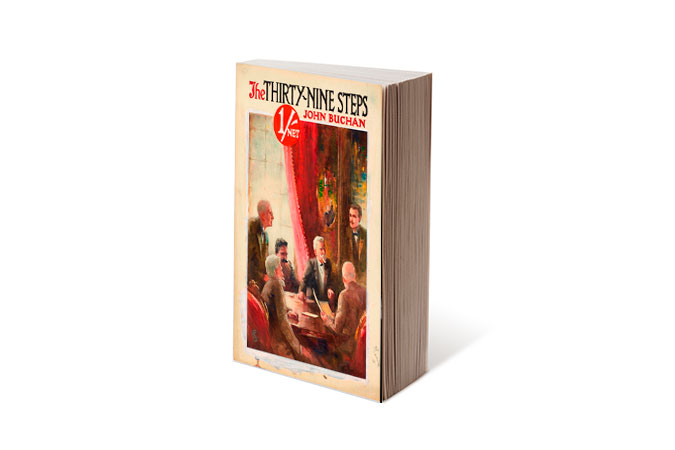
Set at the outbreak of World War I, this classic adventure mystery is a wonderful example of a tried-and-true formula: The ordinary man thrust into extraordinary situations. In this case, the protagonist is on the run trying to protect a book filled with state secrets of the United Kingdom that just might change the outcome of the coming global conflict. The novel is a compelling read on its own, but is all the more powerful when you realize it was first published in the summer of 1915, just over a year after World War I did indeed break out.
Murder on the Orient Express by Agatha Christie

Often called “The Queen of Mystery,” Agatha Christie is at her best in this classic whodunit novel. In the book, which is brilliantly set on a lumbering luxury train, an environment at once warm and welcoming but at the same time confining, Christie’s beloved detective Hercule Poirot must solve a murder before the end of the journey or the killer will surely escape justice. Or … killers? If you don’t know how this book ends, suffice it to say you will likely not see it coming. Just forget about that hint I dropped there, eh?
We’ve also found some great true-crime shows, books, and podcasts if you’re looking for more things to do at home.
The Maltese Falcon by Dashiell Hammett
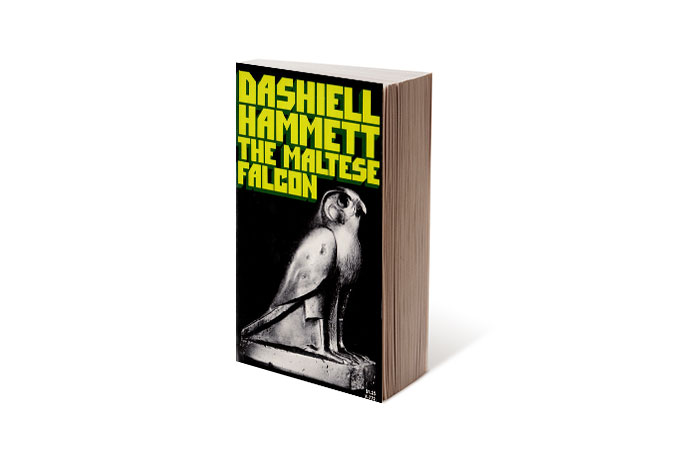
Raymond Chandler (we’ll get to him soon enough) is considered by many as the best writer of classic American crime noir; by others, Dashiell Hammett holds that title. Read 1930’s The Maltese Falcon and you’ll little wonder why. The book introduced the steely Sam Spade, a detective who never misses a detail and rarely misses a shot. The novel is unique in that Hammett never shares Spade’s internal monologue; we must come to know him through what he says and does, never what he thinks. Hammett was a master of the genre largely because he had lived it himself, serving as a Pinkerton agency detective for a number of years.
The Big Sleep by Raymond Chandler
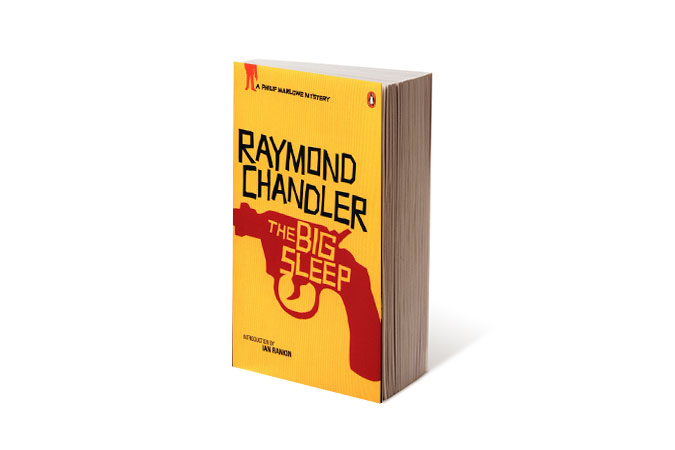
A word of warning: Once you start into the dark, seedy world of Phillip Marlowe, the flawed protagonist of this and many other classic noir mysteries by Chandler, master of the genre, you’re probably going to get sucked in deep. I picked up The Big Sleep years ago and then proceeded to read three of his books back to back. Chandler’s writing is like a great Old Fashioned cocktail: Not too complicated but carrying certain subtleties, and such a pleasure to consume you want more and more. (Which is fine with reading; drink in moderation, though.) This first novel by Chandler is one of the high water marks for 20th-century noir writing, and yes, it was the source material for The Big Lebowski. Oh, and for this other movie you might have heard of called The Big Sleep, which is a Bogie and Bacall classic well worth the post-read watching.
The Spy Who Came In from the Cold by John le Carré
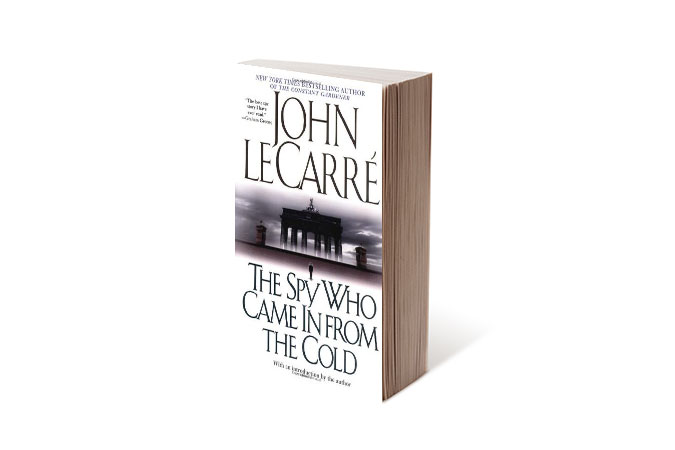
Arguably the best of le Carré’s many novels, this 1963 masterwork of the spy genre features espionage, assassination, international intrigue, and up-close and personal human struggle, all against the chilling backdrop of the Cold War. How did the author write such compelling, realistic spy fiction? By first living it. John le Carré, pen name of David John Moore Cornwell, served as an MI5 officer for several years in the late 1950s and for MI6 in the early 1960s. MI5 is the British equivalent to the FBI, while MI6 is the Secret Intelligence Service, much like our own CIA. So good places for source material, basically.
A Time to Kill by John Grisham

Admittedly, John Grisham has cranked out a number of formulaic books that don’t warrant too much excitement, but this, his debut novel, is a fine read. The tale is a dark one — child abuse warning … and murder … and race issues — and all the more so as it was inspired by real events and the court case that followed, a case Grisham, a lawyer, experienced firsthand. If you are interested in legal mystery novels, this is a must read. If courtroom drama isn’t your cup of tea then, well, it’s not.
Blanche on the Lam by Barbara Neely
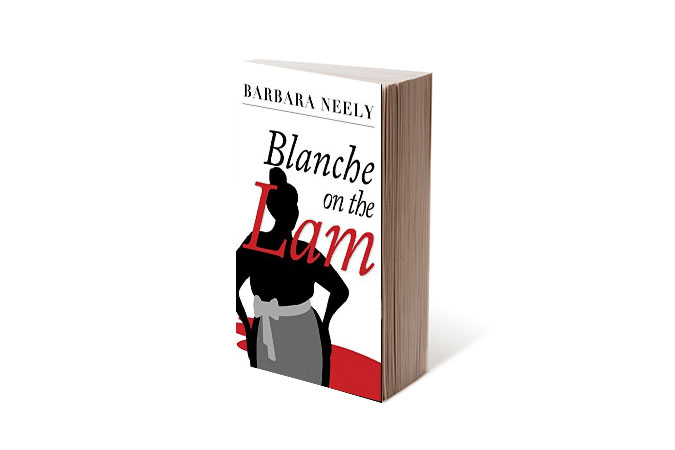
Barbara Neely came to writing fiction almost exactly halfway through her life, which ended the very month of this writing. She was 78 when she died, and 40 when her first short story was published. Neely was just past 50 when the first of her four mystery novels was published. With Blanche on the Lam, Neely introduced a new kind of heroine to the genre: Blanche is black, heavyset, and working class. She is also a cunning amateur detective who makes use of her role as a maid to see, hear, and sniff out the truth — truth that, in this case, she needs in order to exonerate herself of a murder. She sassily sleuthed her way through three follow-up books as well.



